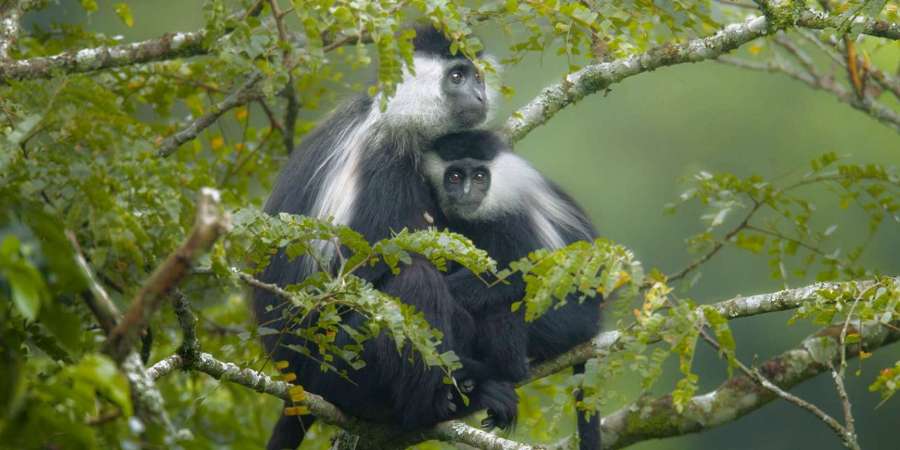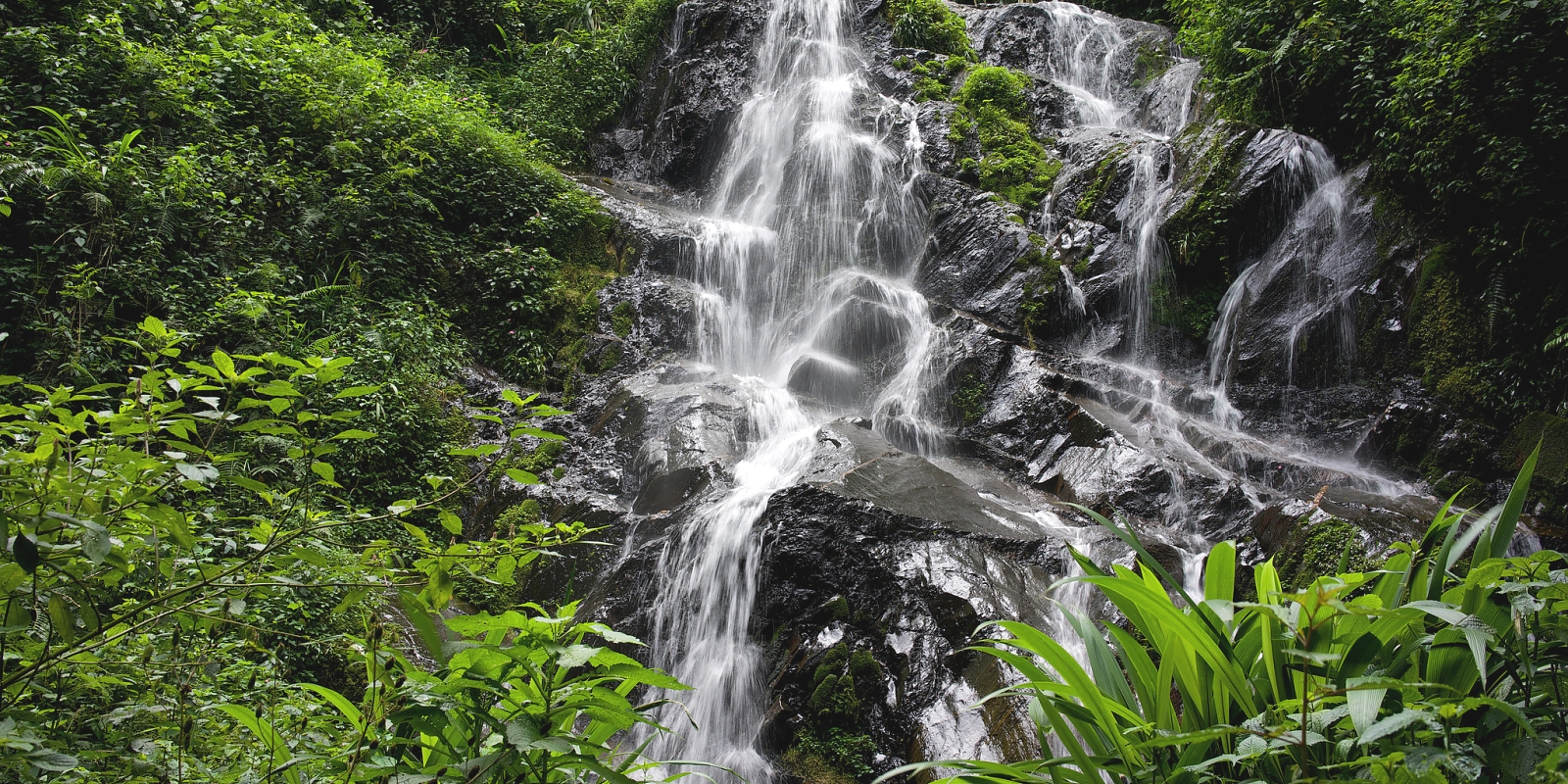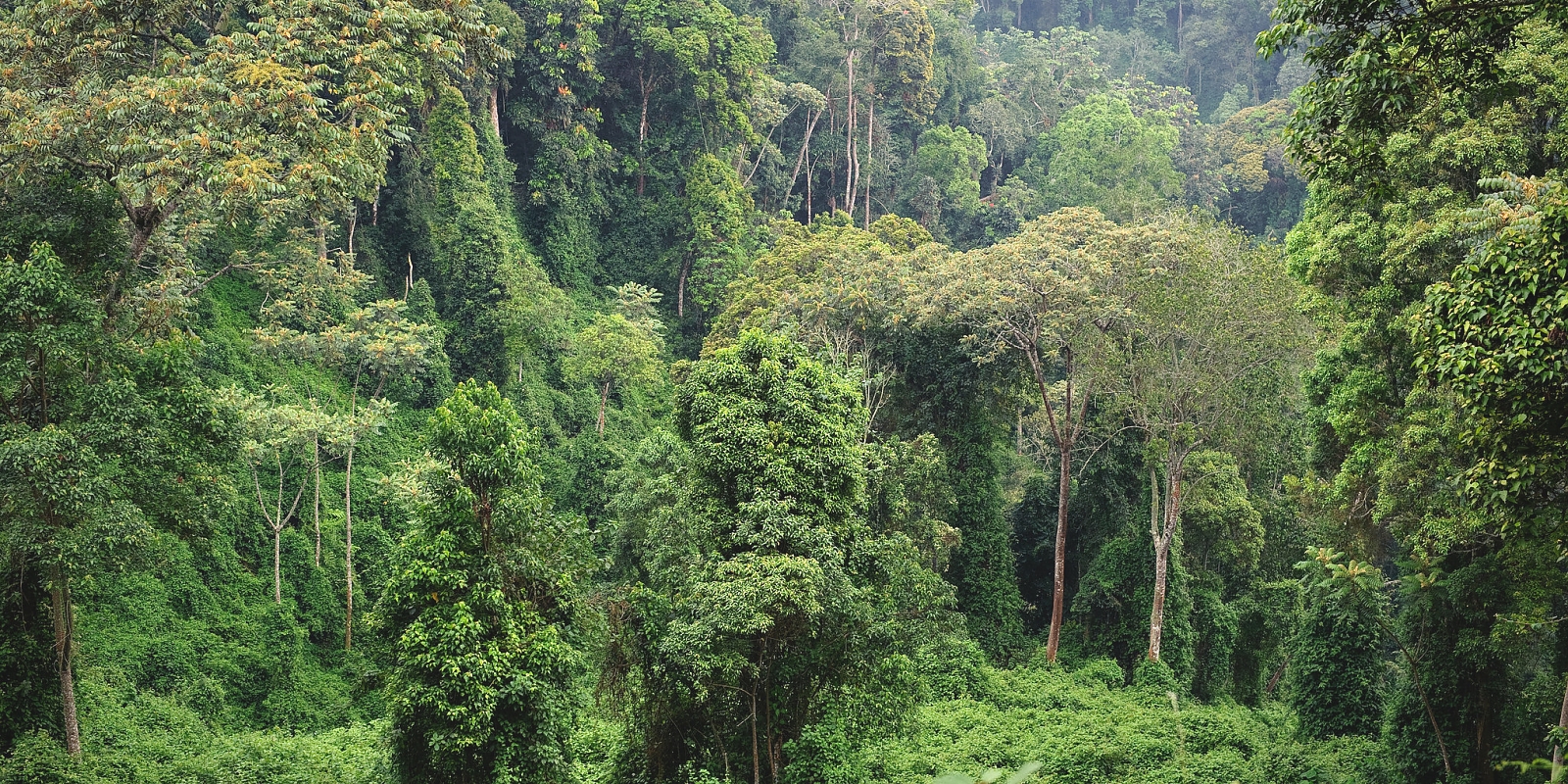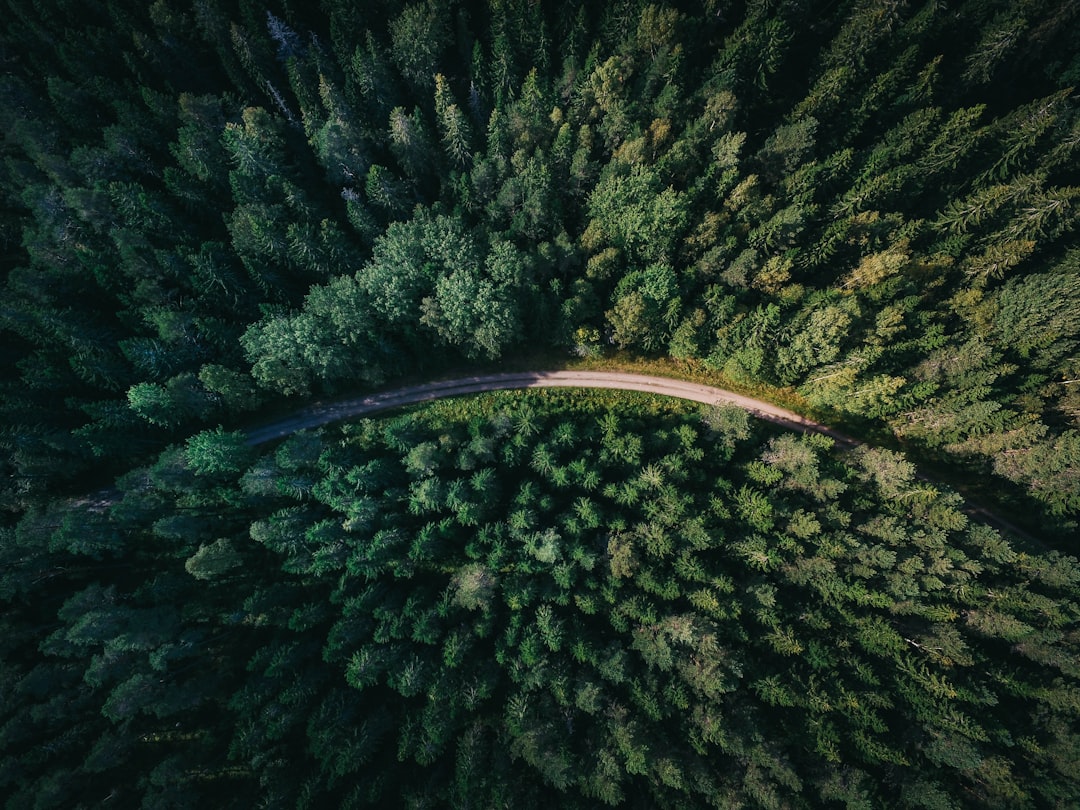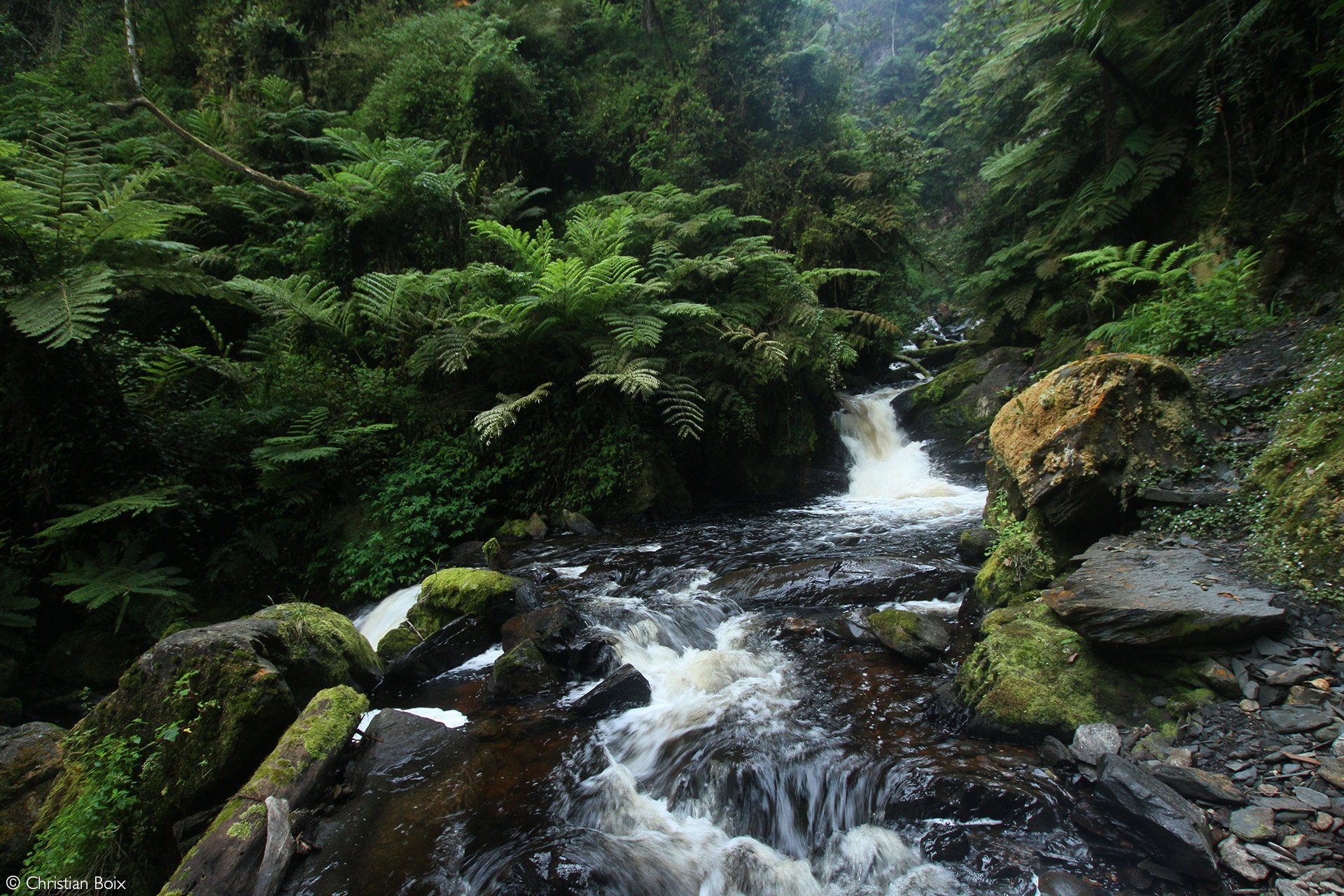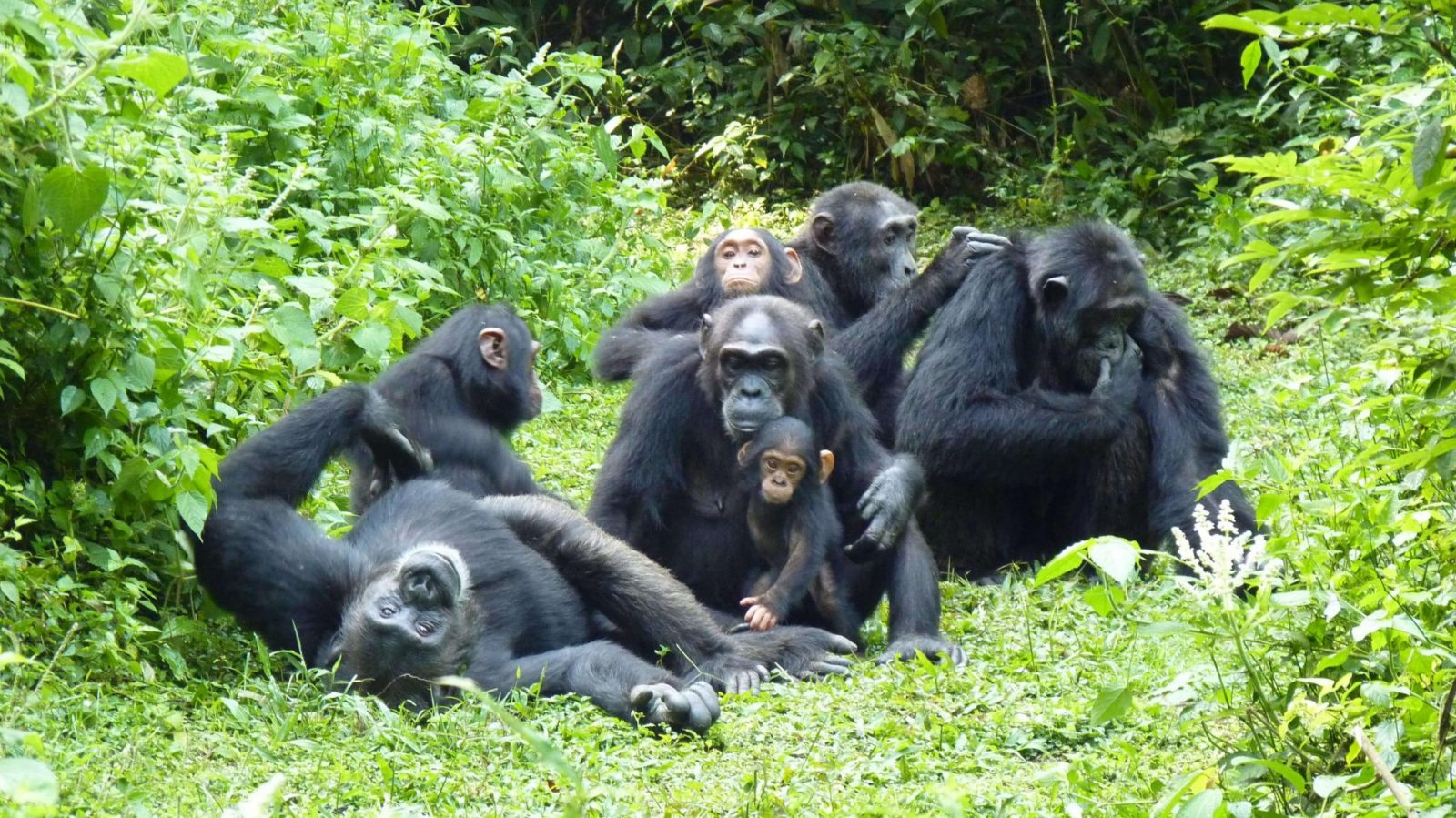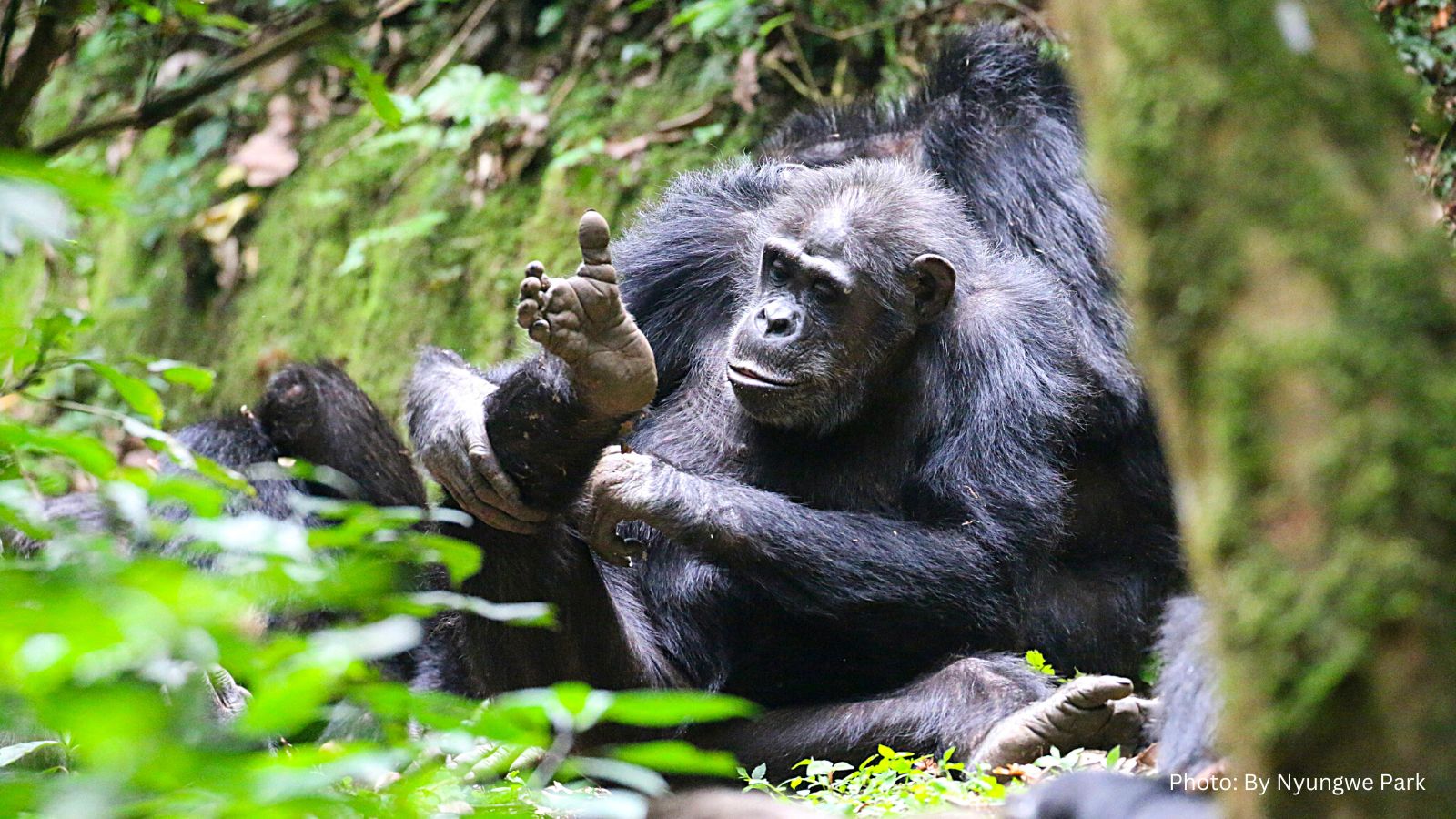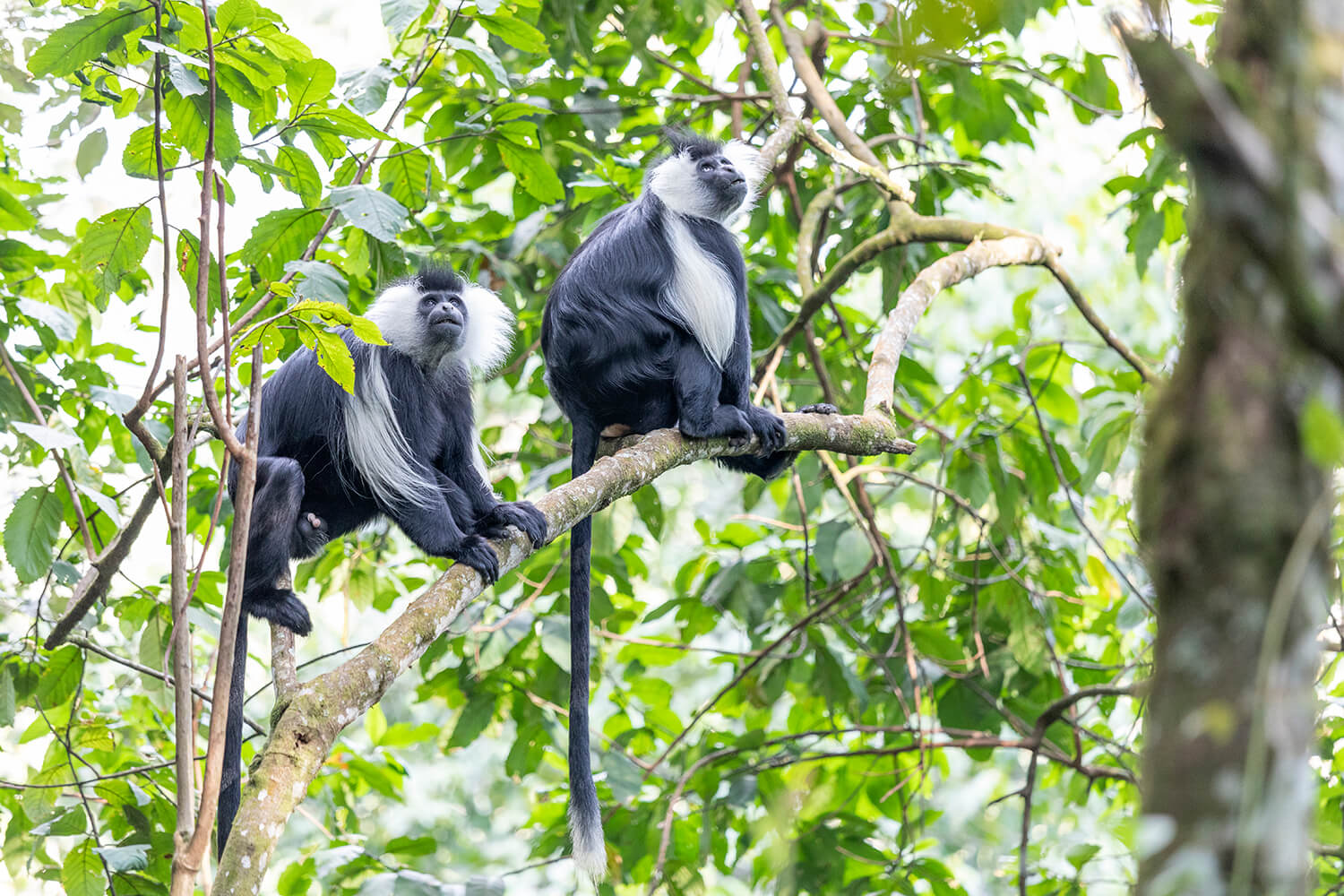Nyungwe National Park
Nyungwe national park

Nyungwe National Park is located in southwestern Rwanda, near the border with Burundi and the Democratic Republic of Congo. It is one of Africa’s largest and oldest montane rainforests, known for its rich biodiversity, lush landscapes, and unique ecosystems. Established in 2004, the park plays a crucial role in the conservation of numerous species and is a key destination for eco-tourism and research.
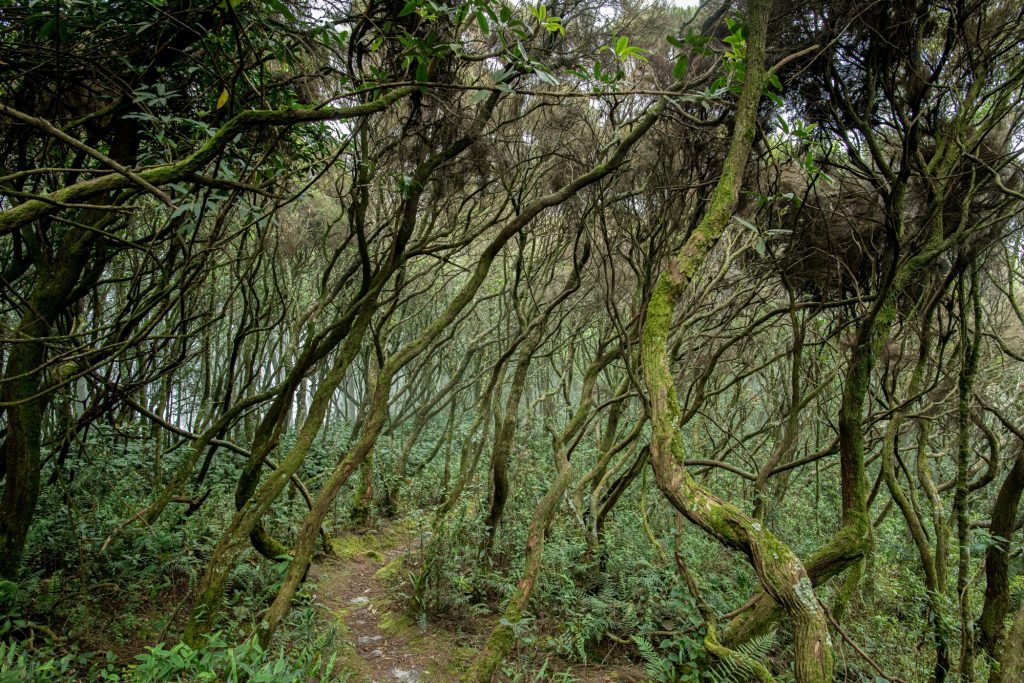
Overview of Nyungwe National Park:

Nyungwe National Park offers an immersive experience in one of Africa’s most pristine rainforests, with diverse wildlife, stunning landscapes, and opportunities for both adventure and relaxation. Its conservation efforts and rich biodiversity make it a vital area for both ecological preservation and sustainable tourism.
Geological and Geographical Features
- Size: Approximately 1,020 square kilometers (around 393 square miles).
- Elevation: Ranges from 1,600 to 2,600 meters (5,249 to 8,530 feet) above sea level.
- Topography: Characterized by rolling hills, deep valleys, and steep slopes.
- Rivers and Lakes: Numerous rivers, including the Nyungwe and Ruzizi rivers, and several small lakes.
Flora and Vegetation
- Montane Rainforest: Dense and diverse, with species such as giant trees, ferns, and orchids.
- Bamboo Forests: Found at higher elevations, providing habitat for various wildlife.
- Woodlands and Grasslands: Present in certain areas, contributing to the park’s ecological diversity.
Wildlife and Biodiversity
- Primates: Includes 13 species of primates, such as chimpanzees, colobus monkeys, and vervet monkeys.
- Bird Species: Over 300 bird species, including the Great Blue Turaco, Rwenzori Turaco, and various forest and montane species.
- Mammals: Includes various forest mammals like forest elephants, duikers, and bushbucks.
- Insects: Rich in insect diversity, including butterflies and other pollinators.
- Reptiles and Amphibians: Home to several species, including chameleons and frogs.
Conservation and Research
- Conservation Efforts: Nyungwe National Park is protected and managed by the Rwanda Development Board (RDB) with a focus on preserving its unique ecosystems and wildlife.
- Research: The park is a center for scientific research, particularly in primatology and rainforest ecology.
Tourism and Activities
- Primate Trekking: Offers opportunities to see chimpanzees and other primates in their natural habitat.
- Canopy Walk: A suspended walkway providing a unique perspective of the rainforest and its inhabitants.
- Hiking Trails: Various trails, including the Ngorora Trail and the Congo Nile Divide Trail, for exploring the park’s diverse landscapes.
- Bird Watching: With over 300 bird species, the park is a prime location for bird enthusiasts.
- Cultural Experiences: Interaction with local communities and learning about traditional Rwandan culture.
Accessibility
- Entry Points: The park can be accessed from the town of Kitabi, located about 200 kilometers (approximately 124 miles) from Kigali.
- Transport: Accessible by road from Kigali, with various transport options including private transfers and organized tours.
Facts about Rwenzori National Park
- Located on the border between Uganda and the Democratic Republic of Congo.
- Highest peak: Margherita Peak at 5,109 meters (16,763 feet).
- Other peaks include Stanley Peak and Speke Peak.
- Designated a UNESCO World Heritage Site in 1994.
- Home to several glaciers, including the Stanley and Elena glaciers.
- Formed by tectonic activity and volcanic processes.
- Features diverse ecosystems: lowland forests, montane forests, alpine moorlands, and heather zones.
- Receives up to 3,000 millimeters (118 inches) of rainfall annually.
- Rich flora includes giant lobelias, groundsels, and bamboo forests.
- Diverse fauna includes mountain gorillas, golden monkeys, L’Hoest’s monkeys, and over 200 bird species.
- Part of the Albertine Rift and East African Rift System.
- Challenging trekking and climbing destination with guided treks recommended.
- Local communities include the Bakonjo people.
- Faces conservation challenges due to climate change and glacier shrinkage
Flora & Fauna
Flora:
- Lowland Forests
- Montane Forests
- Bamboo Groves
- Alpine Moorlands
- Heather Zones
- Giant Lobelias
- Giant Groundsels
- Giant Water Lilies
Fauna:
- Mountain Gorillas
- Golden Monkeys
- L’Hoest’s Monkeys
- Bongos
- Duikers
- Rwenzori Turaco
- Rwenzori Double-Collared Sunbird
- Unique High-Altitude Insects
